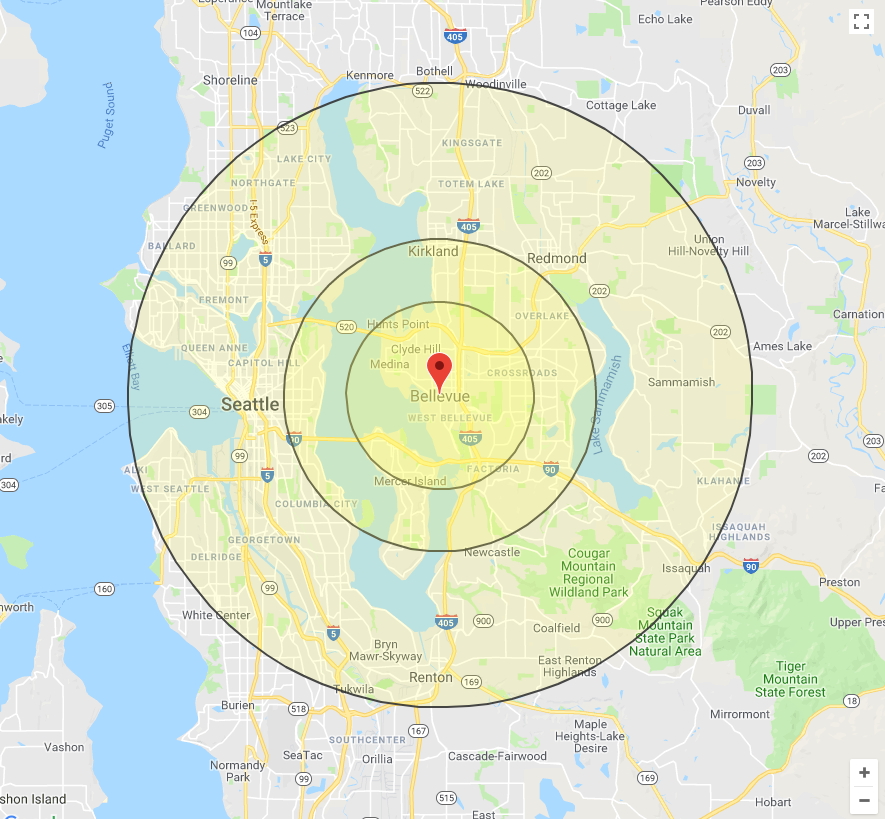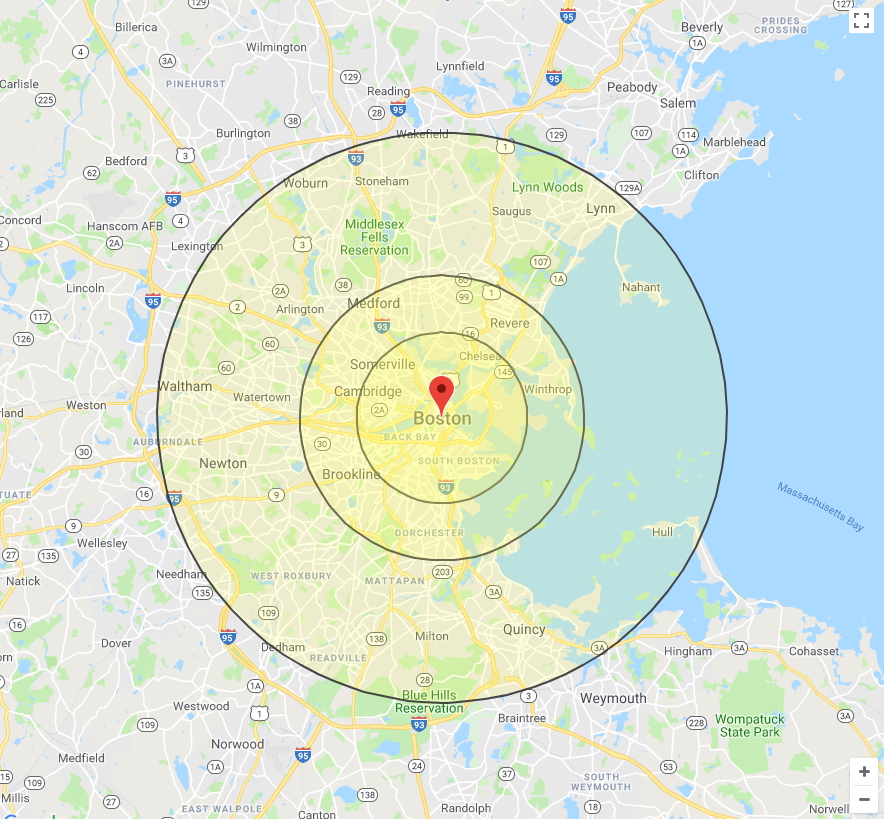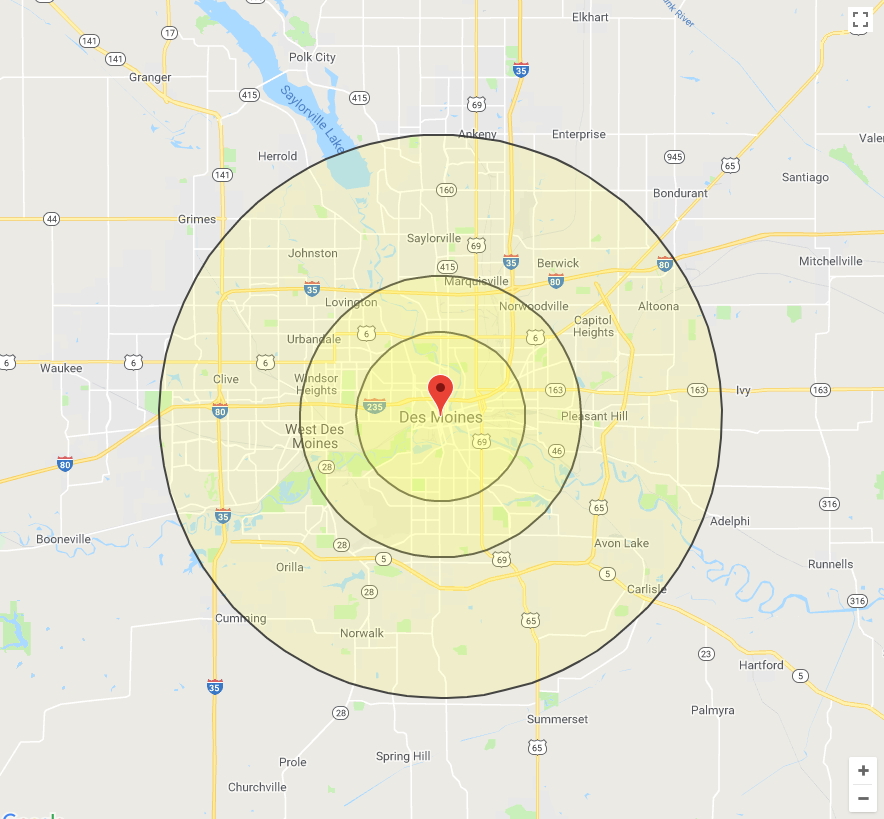Many new dentists are surprised to find out they have made decisions which might significantly impact the location of their future practice before they have even officially begun their property search.
The Search has Already Begun
Any business owner can tell you about the huge amount of behind the scenes work that most of their customers would never notice unless, of course, these tasks weren’t done. And, from branding and creating a legal business name to insurance credentialing and recruiting staff, dental practices are no exception. But with what can seem like a near endless list, where to begin? The truth is, by the time many dentists have started thinking about their creditworthiness or in which communities they’d like to practice, contractual fine print has already advanced their search past square one. Though most dentists are likely aware of the existence of restrictive covenants, it is not at all uncommon that these clauses are misunderstood or overlooked. After all, they are just one small piece of a much larger contract and the excitement of landing a new job can overwhelm the voice that says to fully investigate every single stipulation.
Examples
Unquestionably, it can be surprising to see just how “restrictive” these terms can be. Five and ten mile radii as the crow flies are not uncommon stipulations. Depending on where you live, those radii may cover a large part, or even all, of the area where you are considering starting your practice. Below are illustrations of three, five and ten mile radii overlaid onto select markets. Regions which are home to small and medium population centers (such as Boise and Des Moines), extreme population density (Boston, Washington, D.C. area) and/or unique geographic features (Seattle, South Florida) are often the most challenging. Markets which, due to their geography, are most easily able to absorb large restrictive covenants are large sprawling metropolises like the Dallas-Fort Worth and Atlanta areas. 

 Above: Three, five and ten mile radii visualized from central Boston, Des Moines and Bellevue, WA.
Above: Three, five and ten mile radii visualized from central Boston, Des Moines and Bellevue, WA.
How to Plan - Best Practices
While we aren’t lawyers or giving legal advice, the steps that seem most likely to have prevented the scenarios that we have encountered are to understand exactly what your limitations will be before signing and to keep a copy of your contract. Doing so will not only prevent the nightmare scenario that doesn’t let you practice where you want but will also avoid a potentially awkward conversation with your employer before you’re ready to have it. There are a number of free tools available on the internet that can help you at least estimate what is included in your restrictive covenant.
Is it too late?
If you do find yourself in a scenario where you might be locked out of your preferred market, our experience has been that it doesn’t hurt to ask. In some cases, employers may be using language that they themselves have not analyzed and have no intention of forcing a respected employee to leave their hometown. Yes, it’s possible that neither party fully understood the language of the contract!





